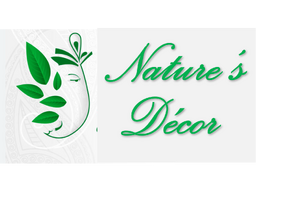Zamifolia Zamiculus 6 in pot
| Quantity | Price per item | Discount |
| 3 items | $16.00 | 20% off |
Light
The Zamioculcus zamiifolia can live in low to bright indirect light, but the brighter the indirect light, the better as more light encourages faster growth producing a healthier plant. If ZZ Plants are grown in light deprived spaces, they often become leggy and loss their deep, emerald green color. Conversely, setting this hardy houseplant in direct sunlight, without properly acclimating will cause the leaves to become sun-scorched or bleached out. You can grow ZZ Plants in full sun, but you must either grow them there from very young plants, or gradually introduce them to this environment over a period of weeks.
Water
Only water these hard-to-kill indoor plants when the soil is completely dry. This plant will go without water for long periods of time and over indulging them with water can lead to very bad results! They store water in their thick stems and leaves so there is no need to keep the soil moist on a continual basis. ZZ Plants need much less water in the cooler months and depending where you live, you might find yourself watering them once a month during the winter. A great way to decide when it's time to water your Zanzibar Gem is to pick it up and if it feels light and the soil is dry to the touch from the top to the bottom of the pot, then it is time to soak the soil, completely! Try submerging the entire soil base in a tub of water to ensure that all of the soil has absorbed the water.
Soil
ZZ Plants love good drainage and a soil mixture containing pumice, perlite, or wood chips to provide the drainage they need! Most bagged potting soils will be adequate for transplanting your zz plants. Consider mixing in cactus potting soil to help with drainage. If you decide to transplant your palms (we do not recommend transplanting your new plants for at least 3-6 months after receiving them), make sure you do not damage the roots.
Temperature
This plant is very adaptable, and will survive in temperatures from 55-85℉. They can even handle colder temperatures, but they should never be exposed to freezing cold air! ZZ Plants will be just fine no matter what you keep your thermostat set to!
Humidity
All Zamioculus varieties are adaptable to most household humidity levels. Ideal levels are above 50%, but even if you have lower humidity, depending on where you live, they will most likely adapt! A sign of an indoor plant that is deprived of humidity is that the plant will start to develop brown edges on its leaves. You can always increase the humidity in your home with a humidifier or place your plants on a tray filled with pebbles and water. Consider this an opportunity to create a little plant styling moment for your ZZ Plant!

